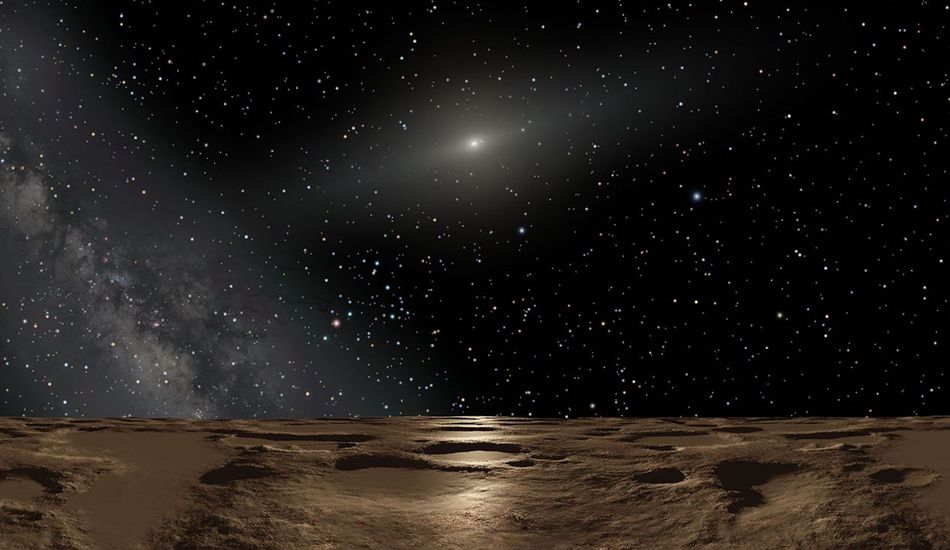
Race to Sedna: New Tech Could Cut Travel Time in Half to the Mysterious Dwarf Planet
Sedna, that icy, distant world way out past Pluto, is making a relatively close approach to the Sun in 2076. And some astronomers are getting antsy! They're not just idly curious; they believe this is a golden opportunity we can't afford to miss. Since it was discovered back in 2003, scientists have been fascinated by this mysterious object, a dwarf planet that takes a staggering 10,000 years to orbit the Sun.
I mean, think about it: Sedna's so far out there, it’s a relic from the early solar system's formation. Reaching it could unlock secrets about how our cosmic neighborhood came to be. And what's more, it could give us a peek into the theoretical Oort Cloud, that hypothesized sphere of icy bodies at the very edge of our solar system.
However, there's a catch. Traditional space travel methods would take decades to reach Sedna, and the launch window is closing fast. So, what's the solution?
Innovative Propulsion Concepts
A team of researchers in Italy are proposing some seriously cool alternatives, and I'm talking about tech that sounds straight out of a sci-fi movie. They've outlined mission concepts that could get us to Sedna in just seven to ten years.
Their ideas revolve around two experimental propulsion systems: a nuclear fusion rocket engine and a souped-up version of solar sailing. These aren't your grandpa's rockets!
The Direct Fusion Drive (DFD), currently under development at Princeton, is one of the technologies. A fusion-powered rocket would give a lot more power than traditional chemical rockets because it creates thrust and electricity from a controlled nuclear fusion reaction. This presents a promising alternative to conventional propulsion, offering a high thrust-to-weight ratio and continuous acceleration. The challenge here is ensuring the engine can withstand the rigors of deep space and provide enough power for long-duration missions.
The other idea involves solar sails, but with a twist. Instead of just relying on photons from the Sun, the researchers propose coating the sails with a material that releases molecules when heated, creating additional thrust. Assisted by Jupiter’s gravity, this enhanced solar sail could reach Sedna surprisingly fast. Although solar sailing has been extensively studied for deep-space applications, scientists are still unsure if it is feasible for a Sedna mission due to the need for structural integrity, propulsion efficiency, and power availability for science operations.
While the solar sail concept might get us there a bit faster, it would only allow for a quick flyby. The DFD engine, on the other hand, could potentially put a spacecraft into orbit around Sedna, allowing for a more thorough investigation.
Ultimately, either mission would be a game-changer, providing us with our first close-up look at this mysterious world and helping us unravel the secrets of the outer solar system. I, for one, am excited to see what the future holds!
Source: Gizmodo